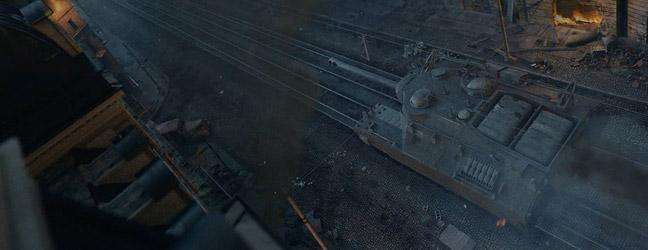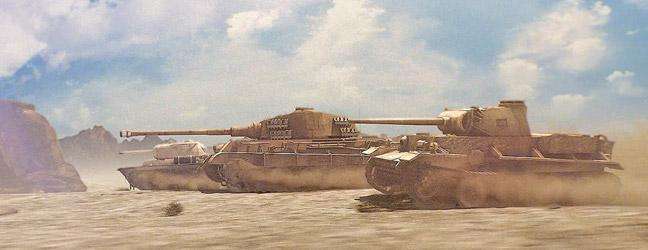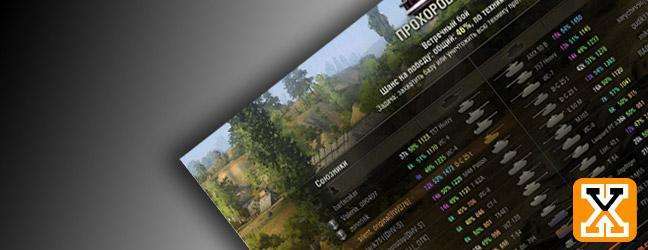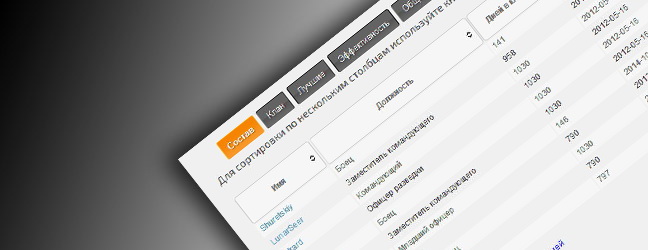Pictures Damaged/Destroyed Tanks
Дата: 18.02.2010 18:33:36
 Spharv2, on Feb 18 2010 - 16:50, said: In addition, the PzIII and PzIV had a horrible (But much easier to
produce) armor layout. Too many flat sides and unsloped
armor. The Tiger suffered from this too, seeing as how
they could have gotten equivalent armor protection with a much
lighter load of properly sloped armor. They had to
compensate by loading up with additional armor, which stressed the
engines beyond the levels they could be reliably used
at. So basically, by using the poor armor layout, they
were creating slower, less reliable tanks which runs pretty much
counter to the original German tank tactics, which stressed
firepower and mobility.
Spharv2, on Feb 18 2010 - 16:50, said: In addition, the PzIII and PzIV had a horrible (But much easier to
produce) armor layout. Too many flat sides and unsloped
armor. The Tiger suffered from this too, seeing as how
they could have gotten equivalent armor protection with a much
lighter load of properly sloped armor. They had to
compensate by loading up with additional armor, which stressed the
engines beyond the levels they could be reliably used
at. So basically, by using the poor armor layout, they
were creating slower, less reliable tanks which runs pretty much
counter to the original German tank tactics, which stressed
firepower and mobility.ChrisK:
Good point. One of the reasons the Germans went with the flat armor layout was their use of face-hardened armor, as opposed to the homogenous steel armor used by the Allies. If I remember right this was in part due to the fact that Germany used the same armor manufacturers who made the armor for their naval vessels. The main difference between face-hardened and homogenous armors is that penetration of homogenous armor depends equally on a shell's weight and velocity, since it is more flexible, while penetration of face-hardened armor is almost entirely dependent on velocity rather than weight, since it is both harder and more brittle. One of the advantages of face-hardened armor is that angled shots are very unlikely to penetrate, much like the rounded armor predominant on Allied tanks. In my opinion, the cost, difficulty of manufacture, and angled shot traps that resulted from the use of face-hardened armorplate made it an inferior solution from a production standpoint, but it did leave individual tanks equally well protected for slightly less thickness of steel overall. On the other hand, the addition of bolt-on armor did stress the engines, as it did for Allied tanks when they had armor bolted on (particularly the Shermans in France in 1944-1945 that had steel plates, sandbags, and whatever else they could get, including bits of armor from wrecked tanks!)
Good point. One of the reasons the Germans went with the flat armor layout was their use of face-hardened armor, as opposed to the homogenous steel armor used by the Allies. If I remember right this was in part due to the fact that Germany used the same armor manufacturers who made the armor for their naval vessels. The main difference between face-hardened and homogenous armors is that penetration of homogenous armor depends equally on a shell's weight and velocity, since it is more flexible, while penetration of face-hardened armor is almost entirely dependent on velocity rather than weight, since it is both harder and more brittle. One of the advantages of face-hardened armor is that angled shots are very unlikely to penetrate, much like the rounded armor predominant on Allied tanks. In my opinion, the cost, difficulty of manufacture, and angled shot traps that resulted from the use of face-hardened armorplate made it an inferior solution from a production standpoint, but it did leave individual tanks equally well protected for slightly less thickness of steel overall. On the other hand, the addition of bolt-on armor did stress the engines, as it did for Allied tanks when they had armor bolted on (particularly the Shermans in France in 1944-1945 that had steel plates, sandbags, and whatever else they could get, including bits of armor from wrecked tanks!)
Pictures Damaged/Destroyed Tanks














